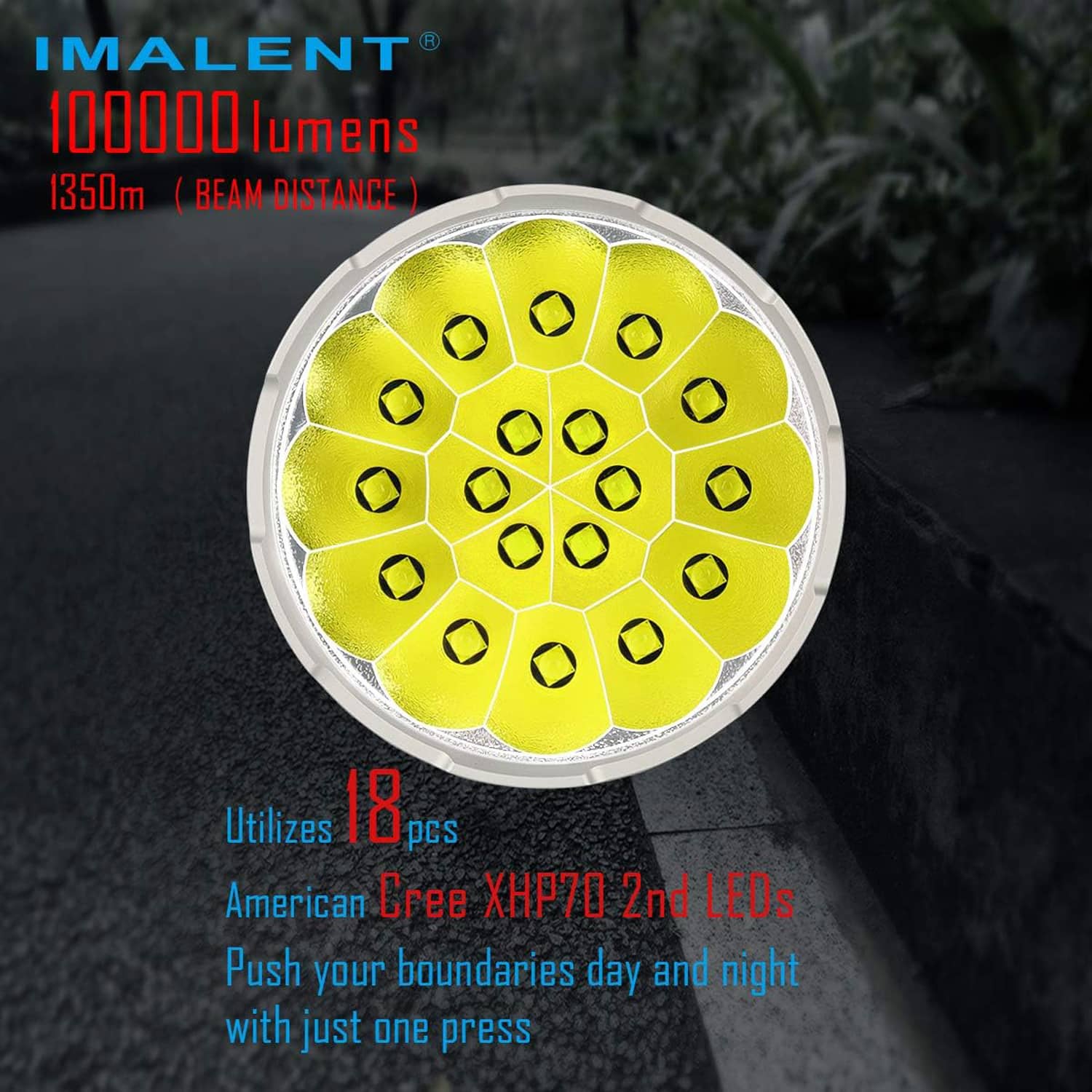

They’re often used for search-and-rescue operations, and are great for hiking and trail running in the dark. Not only does it cover a lot of ground, but it can illuminate distant objects as well. Combined Beam – This is a very cool (and typically expensive) option that combines both focused and broad-beam lights.Spotlights use focused-beam lights, which makes them perfect for hunting, law enforcement, spelunking, and search-and-rescue operations. Focused Beam – As its name suggests, the beam is far tighter and more focused, which means it covers less ground overall but is highly effective at illuminating distant objects.Typically, you’d take a broad-beam flashlight camping, use it for on-site surveillance, or carry one as a security guard with a lot of ground to cover. Floodlights, for example, will light up a wide swath of ground, which is why they’re typically used for parking lots, warehouses, and other areas where multiple lights can be combined to provide a lot of illumination over a large amount of space. Broad Beam – As its name suggests, this is a broad beam that lights up large areas but only at a short distance.When we talk “beam types”, what we’re really talking about is called (officially) the “light image”, the way the light is dispersed as it emits from the flashlight.
#100000 lumen flashlight full#
An incandescent (old school) bulb may use 40 watts to create just 300 to 500 lumens, and a full 150-250 watts for the 1250+ lumens. For example, an LED light bulb uses just 2-4 watts to produce 200 to 300 lumens, but 13 to 20 watts to produce upwards of 1250 lumens. The above table from our friends at AnyLamp depicts the general wattage used to create a certain number of lumens. Typically, the higher the lumens (light output), the more wattage (energy) is needed to generate that light. Wattage, on the other hand, indicates the amount of energy that light source uses.Lumen (as we saw above) is the term used to describe the total amount of light emitted by a light source.AnyLamp has a nice, easy-to-understand explanation: There is a pretty simple difference between the two. You bought those bulbs based on wattage, never thinking about how many lumens they gave off (mainly because lumens hadn’t yet been established at that time). You know what I’m talking about: those old-school light bulbs were 40 watts, 60 watts, 100 watts, and so on. Often, when researching flashlights (and pretty much any kind of light in general), you’ll run into products that mention “X number of lumens” while others say “X number of watts”. Watts are all about the energy required to make the light, while lumens are the amount of light/brightness the light emits.


 0 kommentar(er)
0 kommentar(er)
